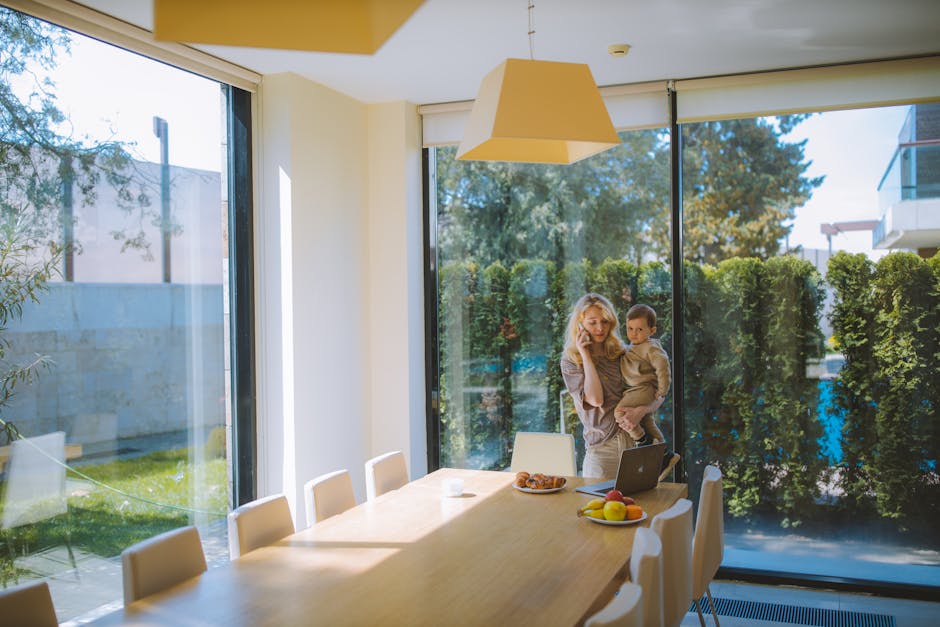Best Practises for Designing User-Friendly E-Commerce Platforms
To boost your e-commerce platform, blend user-centric navigation, mobile-responsive design, streamlined checkouts, engaging product showcases, and savvy conversion tactics. Prioritise intuitive menus, focus on mobile users, guaranty efficient checkouts, dazzle with enticing visuals, and tweak for better conversions. These elements are fundamental for a stellar shopping experience and increased sales.
Key Takeaways
- Prioritise intuitive menus and clear pathways for seamless navigation.
- Implement mobile-first responsiveness for user-friendly design.
- Streamline checkout process for efficiency and security.
- Enhance visual product presentation with high-quality images.
- Optimise conversion rates through A/B testing and persuasive copywriting.
User-Centric Navigation Design

When designing user-centric navigation for an e-commerce platform, always prioritise intuitive menus and clear pathways to enhance the shopping experience.
User engagement and experience are key factors in creating a seamless online journey for your customers. The foundation of a successful e-commerce platform lies in its information architecture and user flow.
Think of your website as a virtual shopping mall; you wouldn’t want your customers getting lost between aisles or struggling to find what they need.
Ensure that your menus are logically organised, with categories and subcategories that make sense to the user. Avoid overwhelming them with too many options at once.
Simplify the navigation process by providing clear pathways that lead users from point A to point B effortlessly. Remember, the goal is to make shopping on your platform a pleasant experience, not a frustrating maze.
Mobile-First Responsiveness

Prioritising mobile-first responsiveness in e-commerce platform design is essential for catering to the increasing number of users shopping on smartphones and tablets. Mobile optimisation guarantees that your site is user-friendly and visually appealing on smaller screens, enhancing the overall user experience.
Responsive design plays a vital role in adapting your website to different devices, maintaining consistency and accessibility across platforms.
When focussing on mobile optimisation, consider factors like page load speed, intuitive navigation, and clear calls-to-action. A seamless user experience on mobile devices can make or break a sale, so investing in responsive design is a smart move.
Streamlined Checkout Process

Efficiency is key when designing a streamlined checkout process for your e-commerce platform. Imagine this: you’ve spent hours filling your virtual cart with goodies, and now you’re ready to hit that ‘Buy Now’ button. But wait, the checkout process turns into a labyrinth of endless forms, security verifications, and shipping details. Frustrating, right? To avoid this e-commerce nightmare, prioritise simplicity in your checkout design.
Firstly, guaranty your payment options are diverse and secure. Customers want choices, whether it’s credit cards, PayPal, or even cryptocurrency. Make sure to display trusted security features prominently to boost confidence in sharing sensitive information.
Additionally, streamline shipping details by offering clear options and transparent costs upfront. Nobody likes surprises when it comes to shipping fees!
Lastly, don’t forget about customer support. Provide easy access to help during the checkout process, like live chat or a helpline. Remember, a smooth checkout experience equals happy customers who are more likely to return for future purchases.
Visual Product Presentation

Enhance your e-commerce platform’s appeal by mastering the art of engaging visual product presentation. When it comes to online shopping, a picture is worth a thousand clicks. High-quality product photography is your virtual storefront’s charm offensive. Invest in crisp, well-lit images that showcase your products from every angle. Make customers feel like they can reach out and touch that luxurious cashmere sweater or gleaming new gadget.
But why stop at static images? Embrace interactive features to elevate the shopping experience. Allow users to zoom in on intricate details, rotate products for a 360-degree view, or even try on virtual clothing items. These interactive elements not only engage customers but also provide a better sense of the product’s look and feel.
Conversion Rate Optimisation

Enhance your e-commerce platform’s sales by fine-tuning your approach to Conversion Rate Optimisation. When it comes to increasing conversions, A/B testing is your key ally. Test different elements of your website – from button colours to checkout processes – to see what resonates best with your audience. Don’t just rely on guesswork; let the data guide your decisions.
Another significant aspect of conversion rate optimisation is persuasive copywriting. Your product descriptions, call-to-action buttons, and overall messaging should be compelling and engaging. Use language that speaks to your customers’ needs and desires, making them feel like they absolutely need your product in their lives.
Conclusion
To sum up, incorporating user-friendly design practises on your e-commerce platform is essential for improving customer experience and boosting conversions.
While it may seem challenging to revamp your entire website, remember that small changes can make a significant impact.
So, don’t let fear of change hold you back – embrace the challenge and watch your online store thrive in the competitive digital landscape.
Contact us to discuss our services now!
